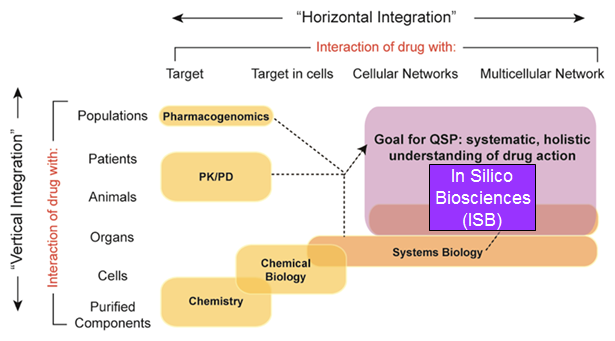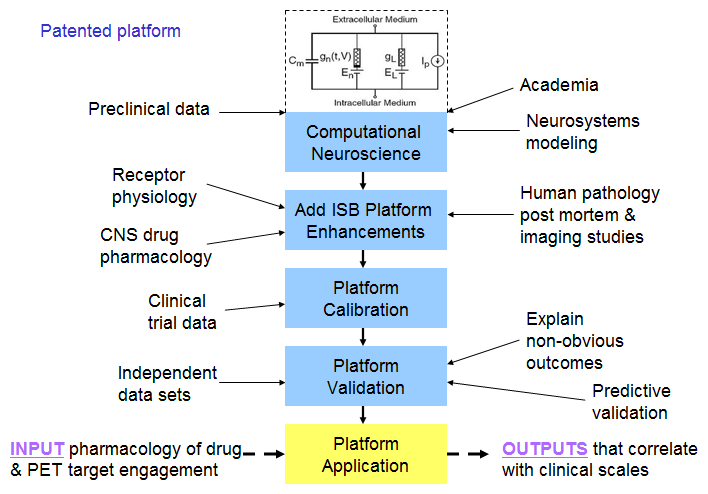RECENT PUBLICATIONS
CASE STUDIES
Prediction of Phase II clinical outcome for stand-alone medication with novel target in schizophrenia
April 9, 2014
A quantitative systems pharmacology model that combines in vitro/preclinical neurophysiology data, human imaging data, and patient disease information was used
Blind prediction of Phase I human volunteer scopolamine Proof-of-Concept trial for novel cognitive enhancer in Alzheimer’s Disease
September 1, 2013
5-HT4receptors in cortex and hippocampus area are considered as a possible target for modulation of cognitive functions in Alzheimer’s disease
Blind prediction of Phase II clinical outcome for new antipsychotic in schizophrenia
December 14, 2012
The tremendous advances in understanding the neurobiological circuits involved in schizophrenia have not translated into more effective treatments. An alternative
Identifying responders for a new antipsychotic
April 12, 2012
We provide quantitative systems pharmacology as an alternative to the more traditional approach of retrospective responder pharmacogenomics analysis and applied


